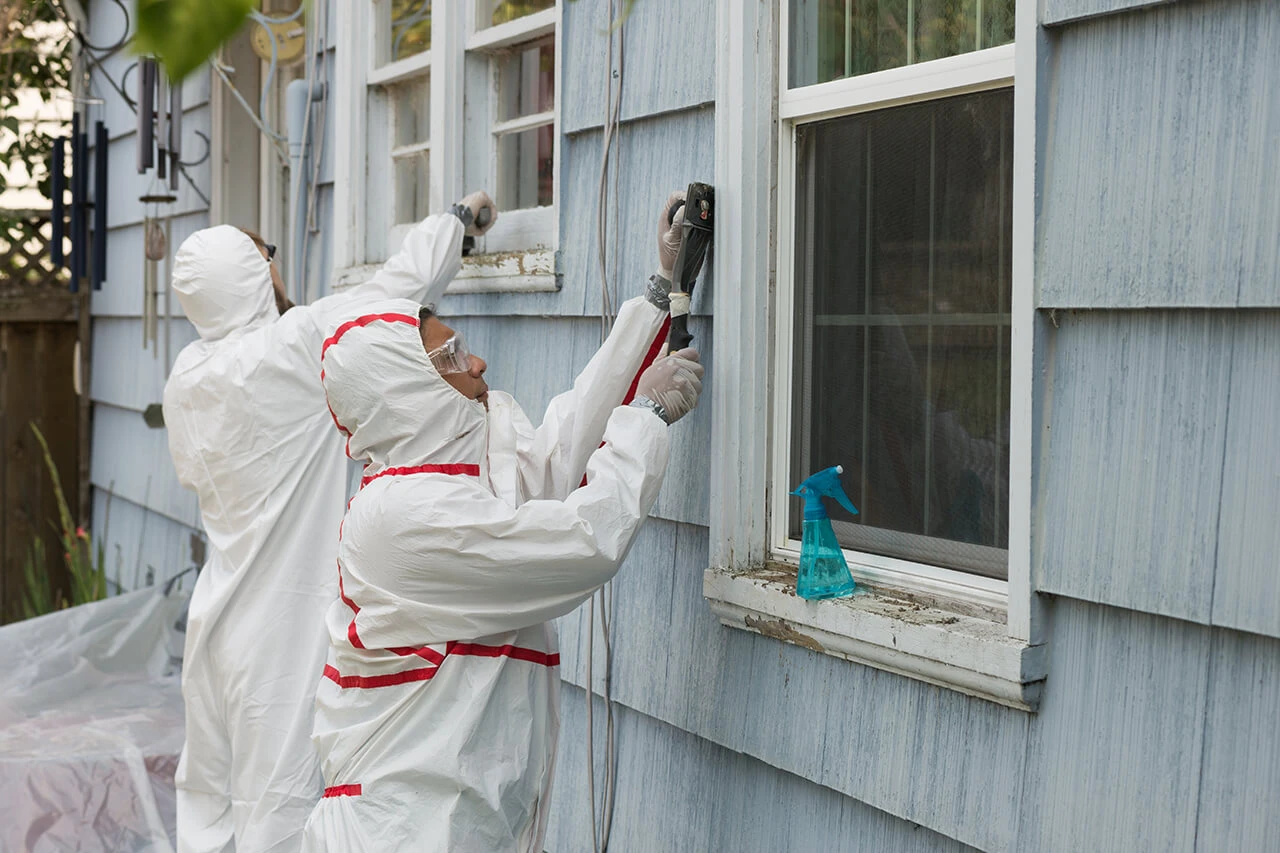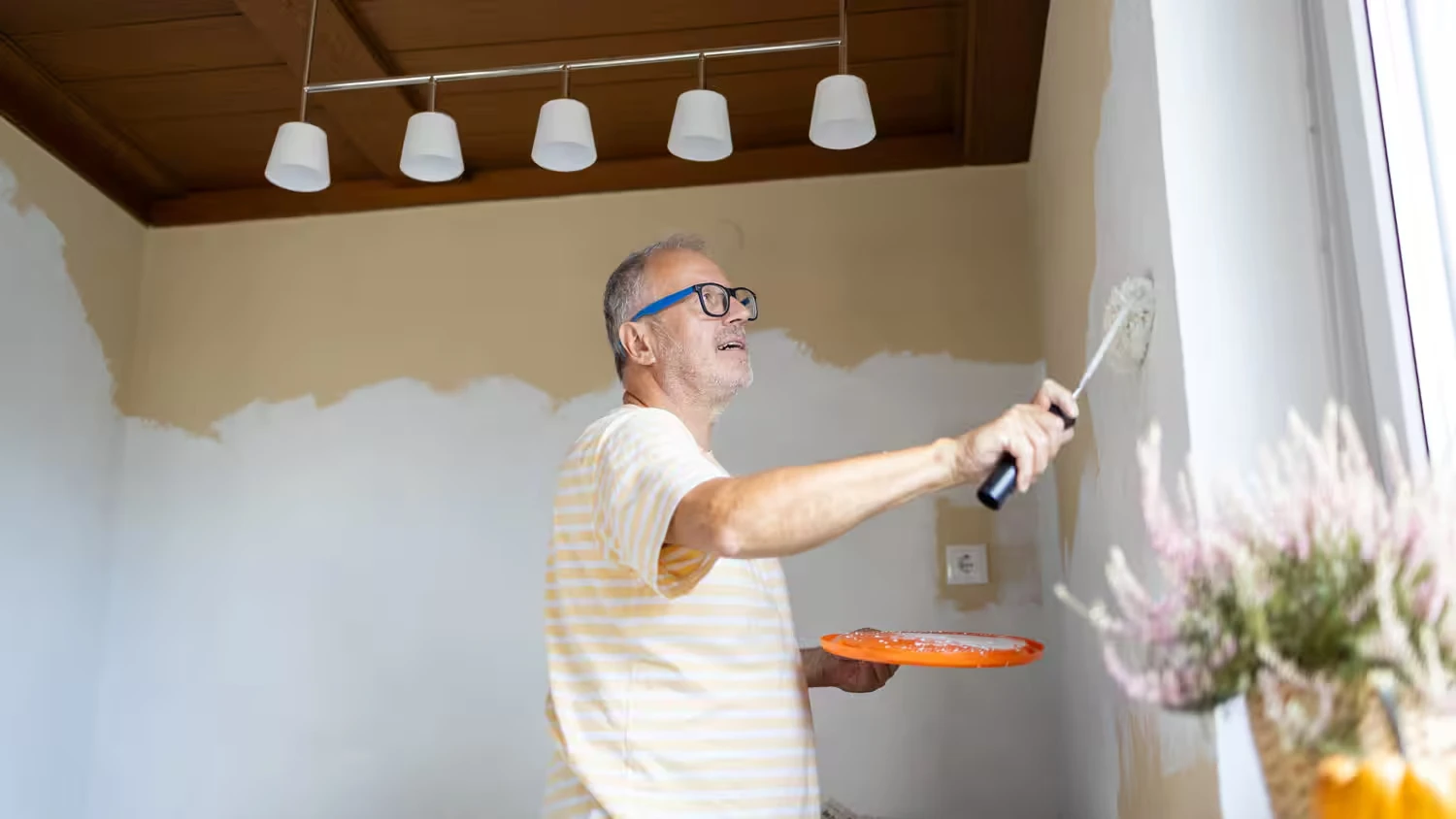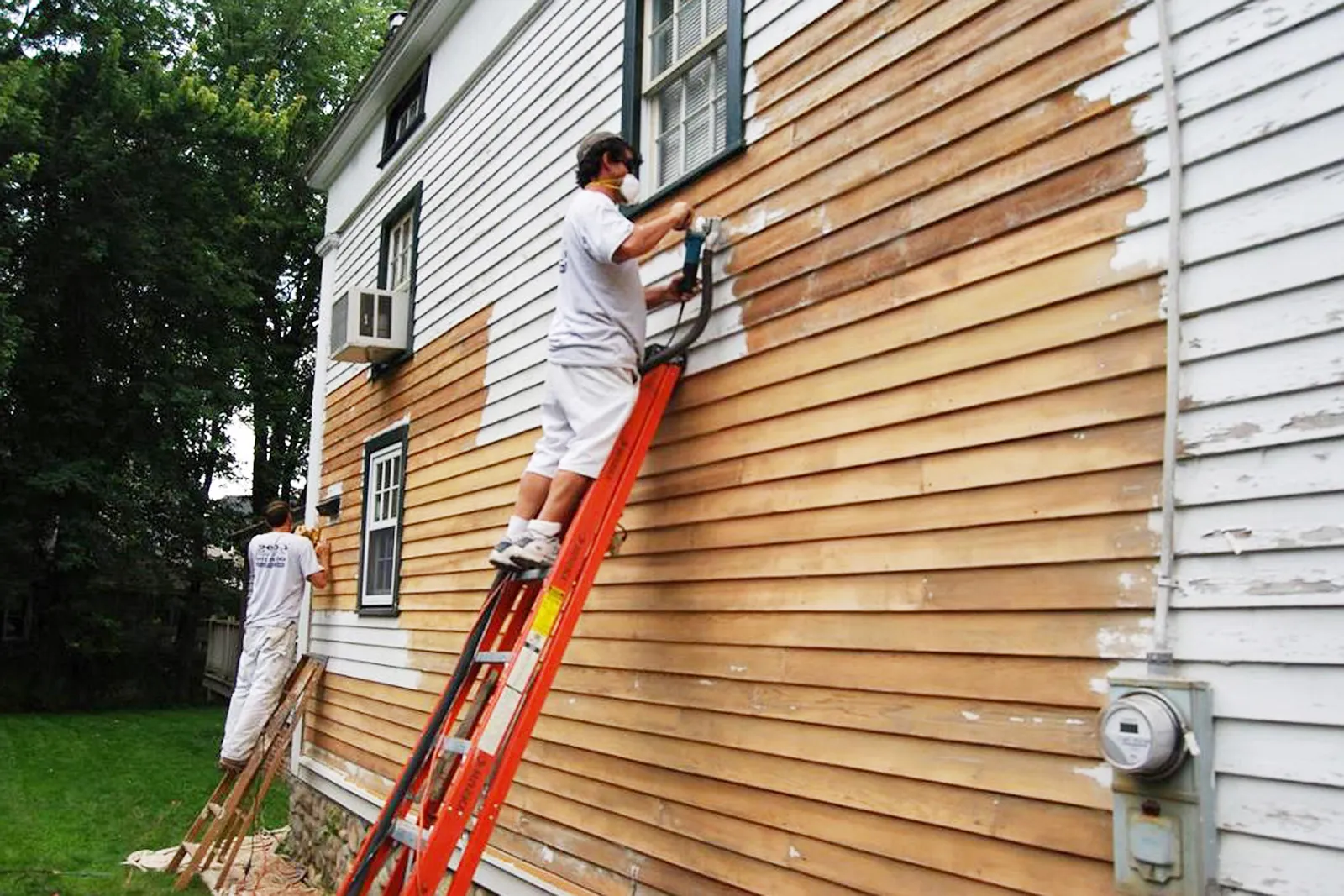Lead Abatement Contractors Services
Involved in the process of lead testing and removal
The lead testing and removal process begins with an initial assessment of the property to identify areas contaminated with lead. Testing may involve surface sampling, dust testing, or water analysis, depending on where the lead is suspected. Once testing is complete, a removal plan is devised, which might include methods like encapsulation, enclosure, or complete removal of contaminated materials. The process ensures that all hazardous lead is safely eliminated, with minimal disruption to the property.
The long-term benefits of professional lead testing and removal
Professional lead testing and removal offer significant long-term benefits, including the elimination of health risks associated with lead exposure, such as neurological damage, especially in children. Removing lead hazards also improves the overall safety of the environment, increases the property's value, and ensures compliance with safety regulations. Additionally, lead removal helps prevent future contamination, providing peace of mind that the space is safe for all occupants.
FAQs
How often should I have my property tested for lead?
It's recommended to test your property for lead if it was built before 1978, especially if there are young children or pregnant women in the household. Regular testing should also be done if renovations are planned, as they can disturb lead-based paint or other materials containing lead.
What are the common signs that my property may have lead contamination?
Common signs include deteriorating lead-based paint, peeling or chipping paint in older homes, and lead pipes that may cause contaminated water. If you notice any of these, it's important to arrange for lead testing immediately.
Can I perform lead removal myself, or should I hire a professional?
While there are DIY lead test kits available, professional testing and removal are strongly recommended due to the health risks involved. Professionals have the expertise and equipment to safely and effectively remove lead, ensuring compliance with safety regulations.
What should I do if a lead is found in my home?
If lead is detected in your home, you should immediately contact a certified lead removal professional. They will assess the situation and provide a plan for safe removal or containment, depending on the extent of the contamination.
How can I prevent lead contamination in my home?
Preventing lead contamination involves regular maintenance of painted surfaces, avoiding DIY renovations in older homes without proper precautions, using cold water for drinking and cooking, and ensuring that your home’s water supply is free of lead. Regular professional inspections can also help in early detection and prevention.







